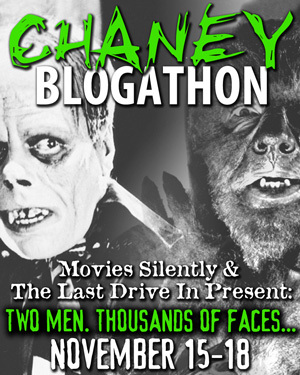One of my Christmas presents was the fifth Treasures From the American Film Archives, The West.
Disc one starts with a Biograph split reel comedy, "The Tourists," directed by Mack Sennett in 1912. Mabel Normand and her companions get off a Santa Fe train in Albuquerque and Mabel is very enthusiastic about the crafts sold by Native American women in front of the Fred Harvey Company's Indian Building. Failing to get back on the train before it leaves, Mabel wanders away from her party and into the area where the Native Americans live. She flirts with a man called "Big Chief" until his wife and other ladies chase Mabel and her friends onto the next train, which pulls out with a Santa Fe California Limited drum sign clearly visible on the observation platform.
"The Sergeant" is a 1910 Selig Polyscope one reeler that was mostly shot in the Yosemite Valley. This movie is one of the cache discovered in the New Zealand archive. It was preserved with funds that we helped raise in the the 2010 For the Love of Film Blogathon (http://cablecarguy.blogspot.com/2010/02/why-do-we-need-to-preserve-films-brief.html). It stars Hobart Bosworth as a cavalry sergeant who loses his stripes when he goes for a ride with the Colonel's daughter. Their horses get stolen by a "renegade" and they spend the night out. Later the cavalrymen and the daughter are trapped by attacking Native Americans. The former sergeant dives into the river to get help. The film was by Francis Boggs, an important early director who was shot to death in Los Angeles the next year.
Salomy Jane is the only surviving feature produced by the California Motion Picture Company in San Rafael and at the Russian River. In his commentary Gary Scharnhorst does a good job of explaining how the movie is related the the Bret Harte story and Paul Armstrong's stage play. It stars the beautiful Beatriz Michelena, wife of producer George Middleton. She was good. The advertisement above is from the 20-January-1915 Bisbee, Arizona Daily Review. Alco Film Company, the distributor, did a poor job.
"Sunshine Gatherers" is a 1921 Prizmacolor one reeler which promotes the Del Monte company's canned fruits. It opens with a cheerful history of the missions of California. The two-color Prizmacolor process gave good results.
"Deschutes Driftwood" is a 1916 documentary shot along the Oregon Trunk Lines, showing the adventures of Weak Kneed Walter, a hobo who keeps getting tossed off of trains. There are excellent views of the bridges and other features along the line.
"The 'Promised Land' Barred to 'Hoboes'" is a brief segment from a 1936 Hearst Metrotone newsreel, which documents the Los Angeles Police Department's humanitarian project to intercept migrants at the California border and kick them out if they didn't have money or a waiting job.
"Last of the Line" is a 1914 New York Motion Picture Company two-reeler which stars Japanese actor Sessue Hayakawa and his wife Tsuru Aoki as Native Americans. The rest of the tribe was played by actual Native Americans. Thomas H Ince produced this story of a chief's son, Hayakawa, who returns to the reservation ruined by his education in another world.
"The Indian-detour" is a 1926 one-reeler promoting the Santa Fe and Fred Harvey Company's special excursion which allowed riders on transcontinental trains to get off in Las Vegas, New Mexico or Albuquerque and take a three-day trip by Harveycoach (bus) or Harveycar (auto) to visit various Native American sites.
"Native Americans in Newsreels" includes clips from several newsreels showing Native Americans lobbying in Washington DC and visiting other locations.
"We Can Take It" is a 1935 silent short by the USDA, documenting the work of the Civilian Conservation Corps. The commentary points out that many of the scenes are staged, and that the camps were actually segregated, but the movie gives a good idea of the good work done by the Corps. Some of the flood control and fire prevention projects would be considered wrong today, but they were considered the right thing to do at the time.
I'll do Disc Two another day.
Disc Two: http://cablecarguy.blogspot.com/2012/01/treasures-5-west-2-january-12-2012.html
Disc Three: http://cablecarguy.blogspot.com/2012/01/treasures-5-west-3-january-19-2012.html
Subscribe to:
Post Comments (Atom)








No comments:
Post a Comment